Public Administration MCQs 2001
Build your conceptual vocabulary with the solved MCQs from the CSS Public Administration 2001 exam. This paper is rich in key definitions and theories that are fundamental to the subject. It covers Herbert Simon’s “bounded rationality”, Max Weber’s theory of bureaucracy, and the core concepts of good governance. This is an ideal resource for ensuring you have a strong grasp of the essential terminology and theoretical frameworks required for the exam.
Which one of the following is the foundation of modern Human Resource?
A. Specialization
B. Compensation
C. Job Analysis
D. Job Evaluation
Public Administration may be defined as:
A. Management of industry
B. Administration of Public
C. Management of Property
D. Administrative Capacity
The process of transmitting the idea or thought into meaningful symbols is called:
A. Decoding
B. Feedback
C. Reception
D. Encoding
The concept of “bounded rationality” was given by:
A. Wax Weber
B. F. W. Riggs
C. Herbert Simon
D. Abraham Maslow
Which of the following will not be considered as a formal organization?
A. A Hospital
B. A University
C. A Group of Friends
D. A Service Industry
Bureaucracy is based on:
A. Traditional Authority
B. Personal Authority
C. Charismatic Authority
D. Corporate Authority
Which of the following violates the principle of Unity of Command?
A. Bureaucratic Organization
B. Functional Organization
C. Manufacturing Organization
D. Product Organization
Behaviorism is associated with:
A. Rationalism
B. Communication
C. Socialism
D. Humanism
The author of “The Function of the Executive” is:
A. F. W. Taylor
B. Chester Bernard
C. Mary Parker Follet
D. Henry Fayol
Which of the following is not one of the core values of public administration?
A. Equity
B. Efficiency
C. Effectiveness
D. Bureaucracy
